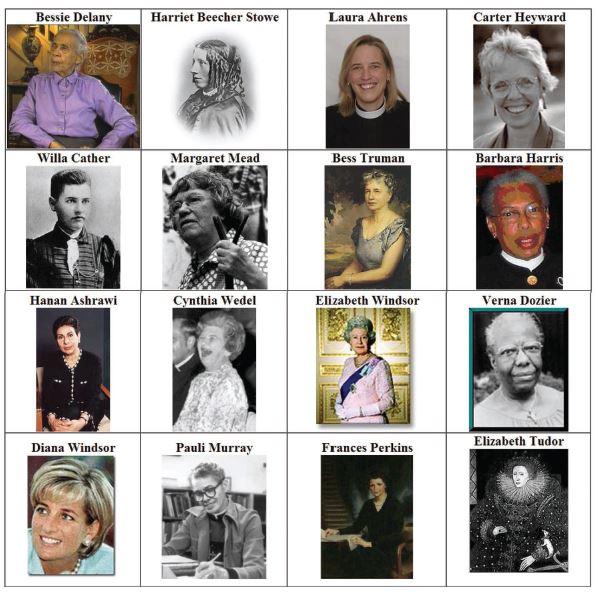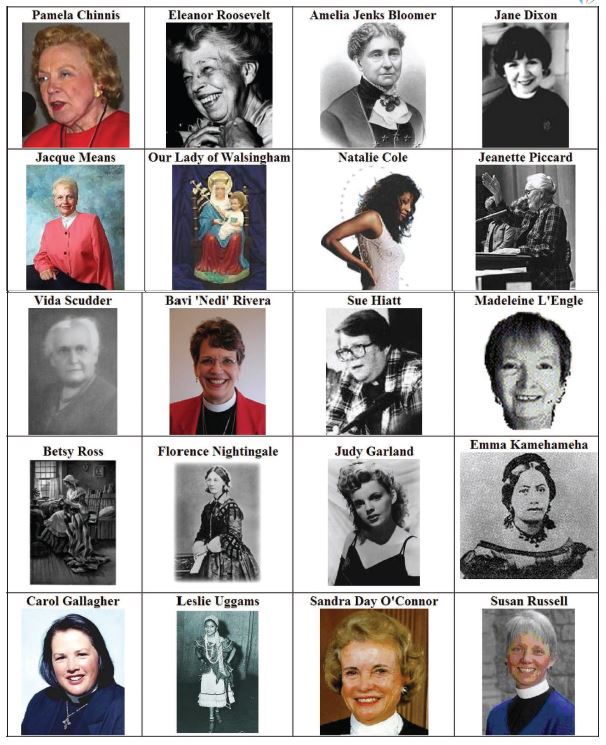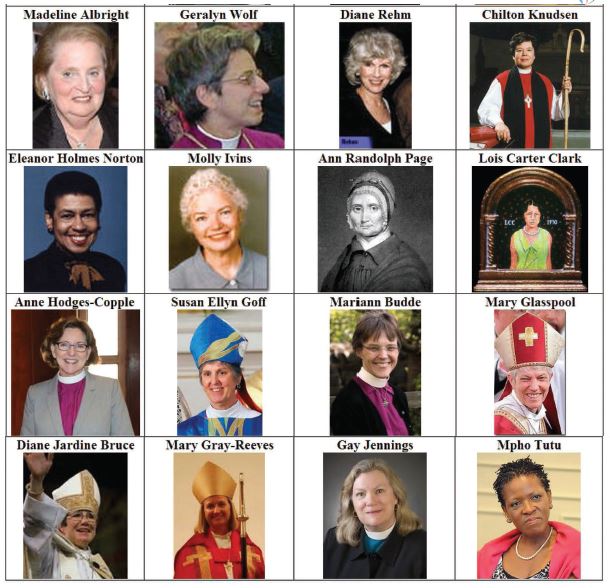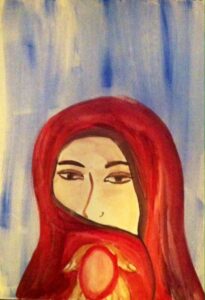Girls Friendly Society Triennial Delegation 2015

This year is the first year that the Girls Friendly Society has had a presence at the Triennial. The GFS is 138 years old having had its beginnings in England. Mrs. Elizabeth Townsend created the organization to assist young women who were coming into the cities to work. Their motto “Bear ye one another’s burdens and so fulfill the law of Christ” is carried out through various service projects both locally and internationally.
We welcome the GFS USA to Triennial.









